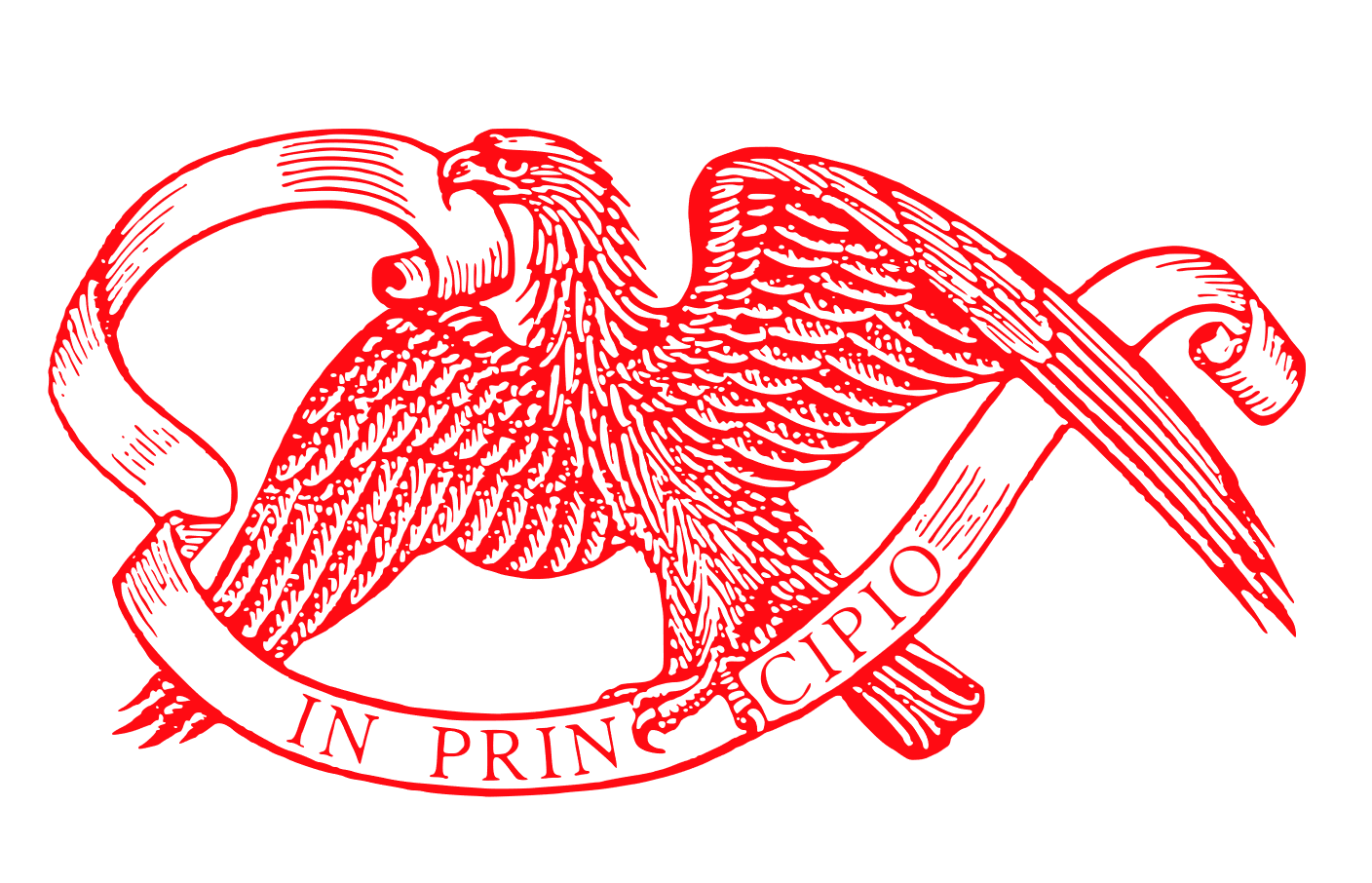Reflections
Dear Parishioners and Friends:
We have had at least two exciting developments this autumn!
The first was the visit of The Rt. Rev’d James Almasi, Bishop of the Diocese of Montreal’s companion Diocese of Masasi in Tanzania in East Africa. He was here for our commemoration of the canonization of John Henry Newman on the Thanksgiving Weekend.
Bishop James had visited St. John’s and St. Michael’s Mission last time he was in Montreal. After I had given him a brief tour of the mission and the church, he commented that the next time he comes to Montreal, perhaps he could come to St. John’s for a Sunday, because we 'smelled' like a real church (the slight smell of incense was still in the air). Masasi, and that part of Eastern Africa, was heavily influenced by Anglo-Catholicism and the Universities’ Mission to Central Africa. The well known early twentieth century Anglo-Catholic Bishop, Frank Weston, had been Bishop of Zanzibar. The Diocese of Masasi was created in 1926 by dividing the Diocese of Zanzibar.
Bishop Weston delivered the final address of the Second Anglo-Catholic Congress of 1923, in which he said, “You cannot claim to worship Jesus in the Tabernacle if you do not pity Jesus in the slum”. He urged the audience to "Go out and look for Jesus in the ragged, in the naked, in the oppressed and sweated, in those who have lost hope, in those who are struggling to make good. Look for Jesus. And when you see Him, gird yourselves with his towel and try to wash their feet". We have another quotation from Bishop Weston just as you enter the church from the narthex.
Trevor Huddleson, Community of the Resurrection, Mirfield, was Bishop of Masasi from 1960-1968. Huddleson had been exiled from South Africa because of his anti-apartheid involvement, and Nelson Mandela had said of him that “no white person had some more for South Africa than Trevor Huddeston”.
Bishop Almasi’s visit
I was therefore very happy to hear that Bishop James would be coming to St. John’s this autumn as part of his visit to North America, and the date of October 13 was agreed to. It was only late in August that I came to the realization that not only was October 13, the Sunday in Thanksgiving Weekend, but it was also the date that John Henry Newman would be canonized in Rome. When discussing the forthcoming visit at a Liturgy and Music meeting, the idea was raised of doing something to commemorate this occasion of Newman’s canonization during the Bishop’s visit to St. John’s. It seemed on one hand, that it was an occasion that we should not ignore, and on the other hand, it would complicate our theme for the day which was originally simply going to be Harvest Thanksgiving.
It was also suggested that we invite a Roman Catholic representative, and the name of Bishop Tom Dowd, auxiliary Roman Catholic Bishop of Montreal came up. Bishop Dowd, as a member of The Order of St. Lazarus had already been to St John’s for an Evensong and Benediction. An invitation was duly sent, and rather to my surprise, Bishop Dowd, after making a few changes in his calendar, agreed to be present as well. In the end, Bishop Dowd was unfortunately unable to attend due to a family member in palliative care. Still, we had a wonderful celebration with Bishop James who gave the sermon. The parish also raised almost $3000 for The St. Catherine’s School for Girls in Masasi.
John Henry Newman, along with John Keble and Edward Bouverie Pusey, were founding members of the Oxford Movement, out of which Anglo-Catholicism developed. Newman later became a Roman Catholic, and afterwards a cardinal. This did not always make him a sympathetic figure to Anglicans, but with the rapprochement among Christians after Vatican II and the Ecumenical Movement, many of Newman’s ideas were seen as a way forward in Roman Catholic/Anglican and Protestant relations. Newman today is generally seen as one of the great theological minds of the 19th Century. In North America, in particular, Newman Centres located at many Universities are often the place for chaplaincy work for all Christians to work with university students.
The second development this fall - and one continuing on the theme of openness - was having the church be open from 11 AM to 1 PM on Wednesdays in late September and October. For getting this up and going, we are grateful to our new parishioner, Keith Fisher.
During the first week, there were about 10 visitors, the second week 22, the third week 25, and the fourth week 18. With this success, we hope to do this again next spring and summer. We have talked about opening up the church for many years, and have done so on certain occasions, such as during the Jazz Festival. People often comment that they have gone past the building many times but have never come in. I would also like to thank June Clair who often assisted, Afra Tucker who designed the signage, and others who helped as well. I think this has been a very useful initiative, and I hope to have it continue next spring.
St. John’s in the past was very proud to be one of the few non-Roman Catholic churches to be open during the week, but in the 1970s, with the changing neighbourhood and society, it was no longer possible to keep churches open unless there were people present to oversee things. This is a good opportunity to let the neighbourhood know we are still here. It is also a good reminder of what we can do when everyone pitches in to help.
The snowfall is a reminder that Christmas is not far behind. Wishing everyone a very Blessed Christmas and Epiphany season!
Keith+

